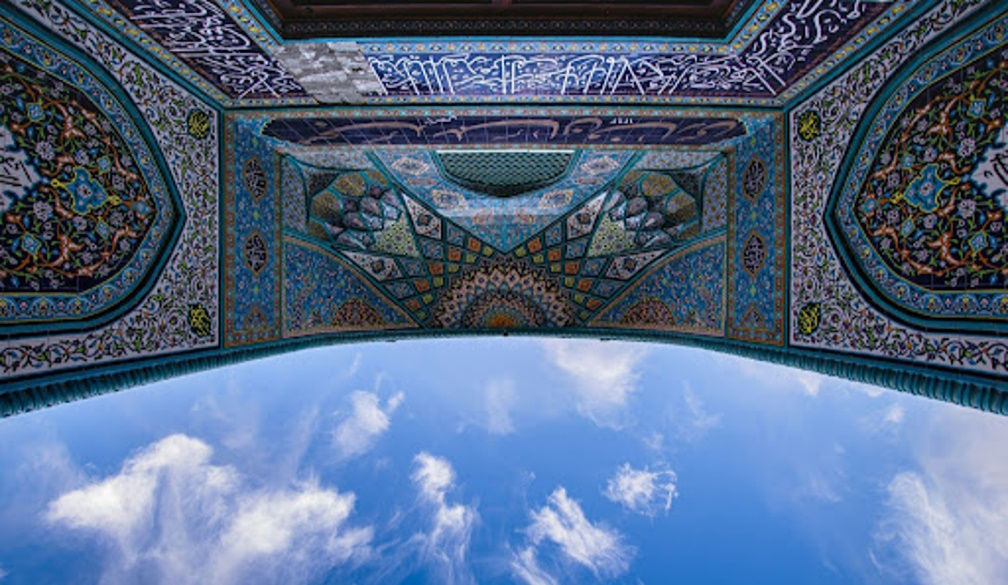Function Meets Form: 5 Ways Architects Balance Beauty with Practicality
- Written by Telegraph Magazine

Photo: Sajad Nori / Unsplash
Architecture has always walked a tightrope between artistry and utility. While some buildings make grand aesthetic statements but leak when it rains, others are perfectly functional boxes that inspire all the emotion of a dentist’s waiting room. The true masters of the craft, however, know how to merge these seemingly opposing forces.
From the best Melbourne architects through to Asia, the Middle East, Europe, and the US, this article will take you on a tour of some of the most innovative built environments. By the end, you’ll have a deeper understanding of the thought, effort, and artistry that goes into the buildings you use every day.
1. Design from the Inside Out
The most successful architects begin with human needs and build outward. Take DGD Architecture's work on the Victorian Comprehensive Cancer Centre (VCCC) in Parkville, where they collaborated with STH, Design Inc, and MCR Architects to reimagine healthcare architecture. The building's spiralling forms and organic atrium represent the network of partner institutions while creating intuitive pathways for patients, visitors, and staff.
Victorian timbers and magenta accents work alongside abundant natural light to create a calming environment that supports healing. Even the carefully positioned windows serve dual purposes: they frame views of Melbourne's cityscape while providing the vital connection to nature that research shows can improve patient outcomes. This thoughtful integration of function and form earned the project the Victorian Medal at Australia’s AIA awards in 2018.
2. Embrace Local Context
Great architecture speaks to its surroundings while serving its purpose. The Sheikh Zayed Grand Mosque in Abu Dhabi demonstrates this brilliantly. While its white marble domes and intricate geometric patterns create breathtaking beauty, the building's design incorporates sophisticated cooling systems and carefully positioned windows that moderate the desert heat while creating dramatic plays of light and shadow.
3. Make Materials Work Harder
Smart material choices can solve multiple problems at once. Studio Gang's Aqua Tower in Chicago uses undulating concrete balconies that are an absolute trip to look at. But they also disrupt wind forces around the building, making high-floor outdoor spaces more usable and reducing structural loads. The building's distinctive waves serve both engineering and aesthetic purposes, proving that practical solutions can create striking visual effects.
4. Turn Constraints into Opportunities
When Japanese architect Tadao Ando was tasked with building the Church of Light in Osaka, he faced tight budget constraints and a tiny plot. So, he did something few people would even conceive of doing: he created a simple concrete box with a cruciform cut into one wall.
The stark design turns sunlight into a central architectural element, creating transcendent beauty through minimalism while keeping construction costs low. What could have been a limitation became the building's defining feature.
5. Design for Change
Modern architects increasingly recognise that buildings must adapt over time. The Tietgen Dormitory in Copenhagen, designed by Lundgaard & Tranberg, features modular rooms that can be reconfigured as student needs change. Its circular form creates natural community spaces, while the exterior's shifting panels can be individually replaced when needed—practical maintenance wrapped in dynamic aesthetics.
Yet sometimes these principles collide in spectacular ways. Norman Foster's "Gherkin" in London was designed to maximise natural ventilation and minimise energy use. Its distinctive shape emerged from computer modelling of wind patterns and solar gain. Some locals initially compared it to a pickle stuck in the city's skyline, but the building's environmental performance and unique silhouette have made it an iconic example of sustainable architecture that doesn't sacrifice visual impact.
When Architectural Creativity Goes Awry
Not every attempt at balancing form and function succeeds. The original Guggenheim Museum in New York, while visually stunning, has walls that slope at angles that make hanging artwork challenging. Some visitors find the spiral ramp disorienting. Yet even these elements that some might call "failures" push architectural thinking forward, helping subsequent designers better understand the delicate dance between beauty and utility.
The most successful architects understand that true beauty often emerges from solving practical problems creatively. They know that a building's appearance should grow from its purpose, site, and context. When done well, the result isn't a compromise between form and function, but rather a synthesis where each strengthens the other.
The next time you pass a building that catches your eye, look closer. Chances are, its beauty boils down to the clever solutions its designer came up with for real-world challenges. Because at its best, architecture is the art of solving problems beautifully.











